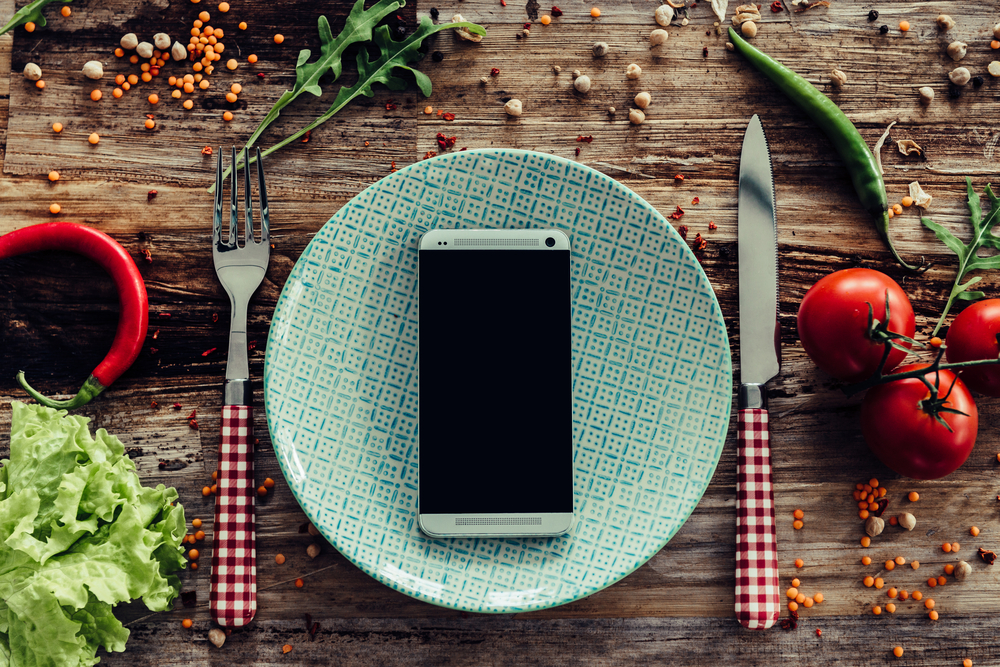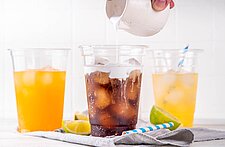How will we eat in 2025? Changes in consumer behavior, led by millennials and Gen Z, and the influence of technology on our everyday life are impacting the way food and beverage manufacturers and retailers will do business in the future. We started a proactive initiative for our customers back in 2017 titled “The Future of Meals” with the goal of discovering what our food will look like in 5-10 years. Now more than ever, we can see how something like COVID-19 will change the future of food and beverage.
 We started our “Future of Meals” initiative with desk research before turning to consumers, in this case, millennials, to help guide our future. We also did interviews with experts across the food and beverage world which we used to turn into insights. The team then applied trends from GFK-Roper to the insights. With this abundance of data, we created foresights during an in-depth workshop for what the future of food may look like. The team came out with 5 key platforms for innovation in the future of food.
We started our “Future of Meals” initiative with desk research before turning to consumers, in this case, millennials, to help guide our future. We also did interviews with experts across the food and beverage world which we used to turn into insights. The team then applied trends from GFK-Roper to the insights. With this abundance of data, we created foresights during an in-depth workshop for what the future of food may look like. The team came out with 5 key platforms for innovation in the future of food.
Receive the latest industry trends to your inbox - CLICK HERE!
In the SlideShare below, you can view the five key platforms from our Future of Meals study. During the current pandemic, a standout platform coming all way back from our research in 2017 is “Intense Experiences at Home”. As the first generation to grow up with access to boundless information and entertainment, Millennials have become accustomed to cultivating experiences on demand. They’ve brought this spirit of adventure into their own kitchens, with the majority of those surveyed reporting that they cook meals at home between five and seven days per week. What’s more, Millennials are more willing to experiment with their cooking, using a variety of methods and tools from stovetop to grill. They’re also making a move toward borderless cuisine, mixing and matching components of different cooking traditions. Of course, this tech-driven demographic is also changing the way food is sold; in the years to come, Symrise foresees a continued growth in digital meal delivery services as well as a decline in the brick and mortar grocery store model.
As the world will continue to evolve after COVID-19, home experiences will become increasingly important. The goal of the “Intense Experiences at Home” platform is to help our clients innovate around new ways to bring global flavors and experiences right into consumers’ living rooms using technology like VR (virtual reality), AR (augmented reality) and other tools to create an authentic, flavorful meal that one might have only experienced via travel or a restaurant just a short time ago.
To learn more about “Intense Experiences at Home” and our Future of Meals study, please reach out to us here!






